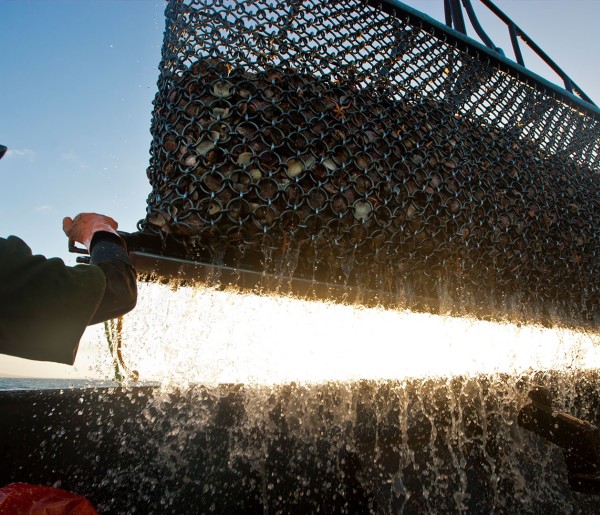Tio or Bluff Oysters (Tiostrea chilensis) are a prized delicacy in New Zealand. Tio is a taonga species, which means it is of special cultural significance to Ngāi Tahu.
Ngāi Tahu Seafood is a significant quota owner and supplier of Bluff oysters throughout Aotearoa New Zealand.
Unlike farmed oysters, Bluff oysters grow naturally in the strong currents and clean, cold waters of Foveaux Strait, which separates Te Wai Pounamu (the South Island) from Rakiura (Stewart Island).
Many of the fishers who catch Bluff oysters for Ngāi Tahu Seafood have lived on the sea for generations. Their working day starts at 3am when they head out into Foveaux Strait in the darkness before dawn. They find a patch of sea tucked into the shelter of Stewart Island and begin dredging. Their day's catch then goes to the Ngāi Tahu Seafood factory where it is processed and packaged before being transported to eager customers around the country.
Bluff oysters are shucked and packed in seawater, with one dozen per small plastic pot. Ngāi Tahu Seafood also offers half-shell and live Bluff oysters, including for export.
Locals like to deep-fry their oysters in batter for a milder, creamier flavour, or eat them fresh from the sea or pot in which they're packed.
Bluff oysters are available in season from March to August.
